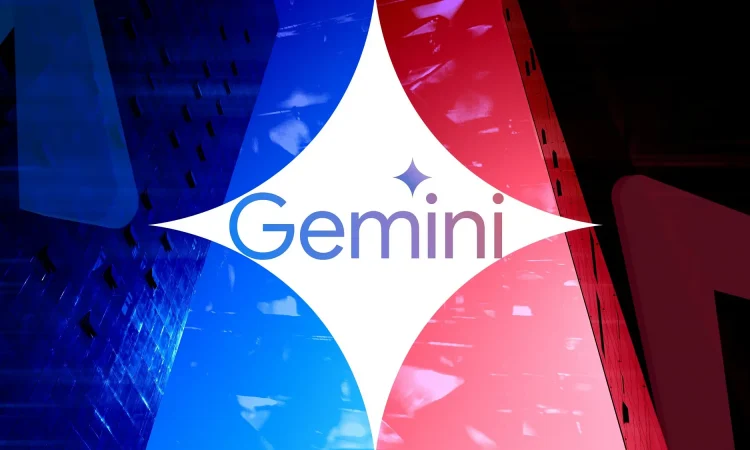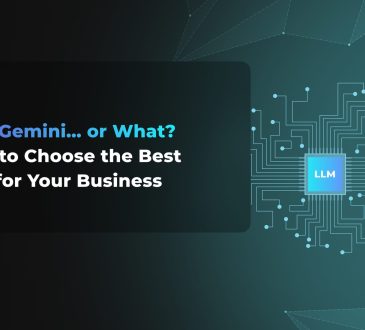Google Unveils Gemini 2.5 Flash-Lite: Balancing Intelligence and Affordability for Scalable AI Development

In a bold move to reshape the economics of AI development, Google has officially launched the stable version of its Gemini 2.5 Flash-Lite model. The release marks a significant step in the tech giant’s mission to offer high-performing AI tools that don’t demand extravagant infrastructure budgets. With Gemini 2.5 Flash-Lite, Google is pursuing what it calls “intelligence per dollar” — a philosophy focused on maximizing AI output while minimizing resource consumption and cost.
This move signals Google’s intention to democratize access to generative AI, especially for developers, startups, and enterprises looking to scale without being weighed down by the high expenses often associated with deploying state-of-the-art language models.
Gemini 2.5 Flash-Lite: Designed for Scale and Speed
Unlike its larger siblings, Gemini 2.5 Flash-Lite is tailored to be lighter, faster, and more efficient. Google’s internal benchmark tests show that the model maintains a strong balance between capability and speed, making it ideal for high-throughput applications where latency and cost are critical.
This “lite” version isn’t a watered-down product — rather, it’s been carefully optimized for tasks like:
- Text classification and summarization
- Conversational agents and chatbots
- Document processing at scale
- Code generation for web and mobile apps
- Real-time customer support integration
Developers who need models to work in real-time or power applications for millions of users will find Flash-Lite especially appealing. It offers reduced inference time and lower memory requirements, allowing it to run seamlessly on mid-tier cloud instances or even on-device in certain use cases.
The “Intelligence Per Dollar” Mantra
For years, the race in AI has largely been defined by model size and capability. But size often comes with a cost — in terms of compute power, energy consumption, and ultimately, dollars spent. Google’s Gemini 2.5 Flash-Lite shifts the conversation. Instead of competing solely on intelligence, it’s competing on cost-effectiveness and scalability.
“Not every use case needs the most powerful model,” said a senior engineer at Google’s DeepMind team. “What developers need are smart, efficient models that can handle 80% of tasks at 20% of the cost. That’s what Flash-Lite is about.”
This model is part of Google’s broader initiative to create tiered AI offerings, where developers can choose models that match their needs without overspending. For instance, developers can use Flash-Lite for general-purpose tasks and then escalate to the full Gemini 2.5 Pro or Ultra models only when necessary.
A Strategic Move Amidst Intensifying AI Competition
The release of Gemini 2.5 Flash-Lite comes at a time when competition in the AI space is more heated than ever. OpenAI, Anthropic, Meta, and others are pushing the boundaries of large language models (LLMs) with performance improvements and multi-modal capabilities.
However, what sets Flash-Lite apart is its developer-centric design philosophy. Google isn’t just building smarter models — it’s building accessible tools. This lightweight model is expected to be a hit in regions with limited cloud resources, businesses on tight budgets, or developers working in emerging markets where hardware constraints are real.
By prioritizing affordability, Google is aiming to expand the global AI development community, providing tools that don’t exclude smaller players or underfunded teams.
Under the Hood: What Powers Gemini 2.5 Flash-Lite?
While the full technical documentation is expected in the coming weeks, early reports suggest that Gemini 2.5 Flash-Lite incorporates several key innovations:
- Parameter-efficient tuning: It uses a distilled architecture that reduces parameter count while maintaining strong performance on common NLP benchmarks.
- Low-latency transformers: Optimized for speed, the model leverages transformer variants designed to reduce computational bottlenecks during inference.
- Efficient memory usage: A new caching system allows for faster recall of token history and reduces redundancy, helping developers deploy on lower-tier machines.
- Streamlined training data: Instead of indiscriminate web crawling, Flash-Lite was trained on curated, high-signal data, allowing it to learn faster and more accurately without needing massive datasets.
Real-World Applications and Developer Reception
Since the beta version of Flash-Lite was quietly rolled out to a select group of developers earlier this year, feedback has been overwhelmingly positive. Developers praise the model’s predictable behavior, low latency, and ease of integration into existing applications.
Some early use cases include:
- Customer service automation for SMBs with limited support staff
- Educational tools for underserved classrooms using low-power devices
- Legal document summarization in firms seeking cost savings
- AI chat interfaces in mobile apps with limited memory footprints
Google has also launched a set of prebuilt APIs and SDKs to help developers plug Flash-Lite into workflows with minimal friction, whether on Google Cloud or other environments.
Google’s Commitment to Responsible AI
Even as it releases more accessible models, Google remains committed to its AI responsibility framework. Flash-Lite includes several built-in safeguards such as:
- Real-time toxicity and bias detection
- Context-aware guardrails to reduce hallucinations
- Red teaming protocols to prevent misuse in sensitive applications
Google has also published new documentation outlining best practices for integrating Flash-Lite responsibly, especially in user-facing scenarios like healthcare, legal services, and finance.
Looking Ahead: The Bigger Picture for Gemini
Gemini 2.5 Flash-Lite is not an isolated release — it’s part of a long-term roadmap that positions Google as both a leader in high-performance AI and a champion of cost-effective, sustainable intelligence. By balancing performance with efficiency, the Gemini family of models can now cater to a wide spectrum of users — from hobbyist developers to Fortune 500 companies.
The company plans to continue iterating on the Flash line, with a Gemini 2.6 Flash-Lite reportedly in development that could support multi-modal input and edge deployment for IoT and mobile applications.
As the AI landscape continues to evolve, one thing is clear: the future won’t just be defined by how smart your models are — but how smartly you can use them. And with Flash-Lite, Google is giving developers a powerful, pragmatic tool to build that future.
Conclusion
The arrival of Gemini 2.5 Flash-Lite is more than just another model release — it’s a strategic recalibration of AI accessibility, cost-efficiency, and real-world utility. In focusing on “intelligence per dollar,” Google is addressing a crucial market need and opening the door to a broader, more inclusive wave of AI innovation. As businesses look for sustainable ways to implement AI at scale, Flash-Lite may well become the default engine powering the next generation of intelligent applications.




